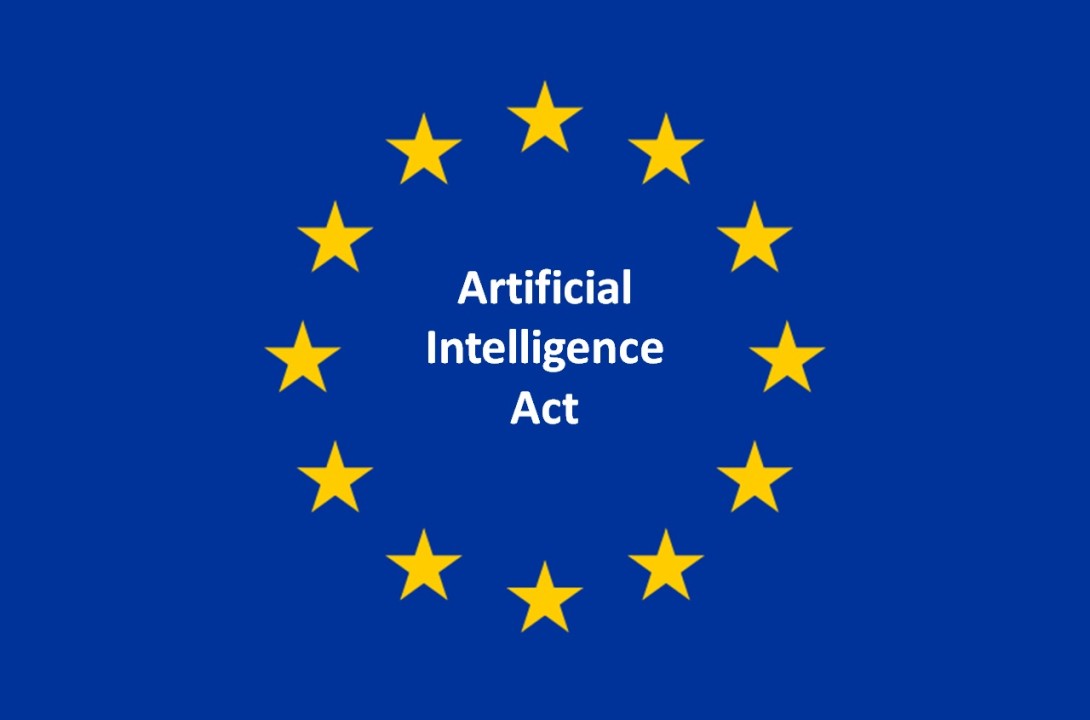EU AI Act & Risk Categories
The EU AI Act introduces a tiered approach to regulating artificial intelligence:
- Most AI applications are considered low or no-risk and won't face significant regulation.
- High-risk AI, like biometrics and AI used in critical sectors, will need to comply with strict quality and risk management rules.
- A "limited risk" category applies to technologies like chatbots, requiring transparency measures.
- General Purpose AI (GPAI) models face varying levels of oversight based on their capabilities.
Compliance Deadlines
Key compliance deadlines are staggered over the next few years:
- Bans on prohibited AI uses, like law enforcement's use of remote biometrics in public, take effect in 6 months.
- Most provisions will be fully applicable by mid-2026.
- Standards for high-risk AI systems are expected to be finalized by April 2025.
Penalties for Violations
The law introduces significant penalties for violations:
- Up to 7% of global annual turnover for using banned AI applications
- Up to 3% for breaches of other obligations
- Up to 1.5% for providing incorrect information to regulators
Enforcement will be handled at both the EU and member state levels. The newly formed AI Office will play a key role in overseeing GPAI regulations.
AI developers and users should:
- Classify their AI systems according to the Act's risk categories
- Determine if they are providers or deployers of AI systems
- Consult legal counsel to understand specific obligations
- Stay informed about evolving standards and requirements
An AI Board, comprising high-level delegates from EU member states, will collaborate with the AI Office to ensure a harmonized application of the Act across the EU. The European Commission plans to boost AI investments, starting with a €1 billion investment in 2024 and scaling up to €20 billion by 2030. The legislation aims to balance encouraging innovation and protecting citizens and businesses.
Industry leaders like OpenAI are already preparing for compliance and working with EU authorities as implementation details are finalized.
Risto Uuk, the EU Research Lead at the Future of Life Institute, calls for more clarity from the European Commission regarding the risk levels of specific AI technologies under the EU AI Act. By understanding these expectations and expansions, companies are better equipped to prepare for and adapt to the comprehensive regulatory framework for artificial intelligence in Europe.
While some aspects of the law are still being developed, the AI Act marks a significant step in creating a comprehensive regulatory framework for artificial intelligence in Europe.
